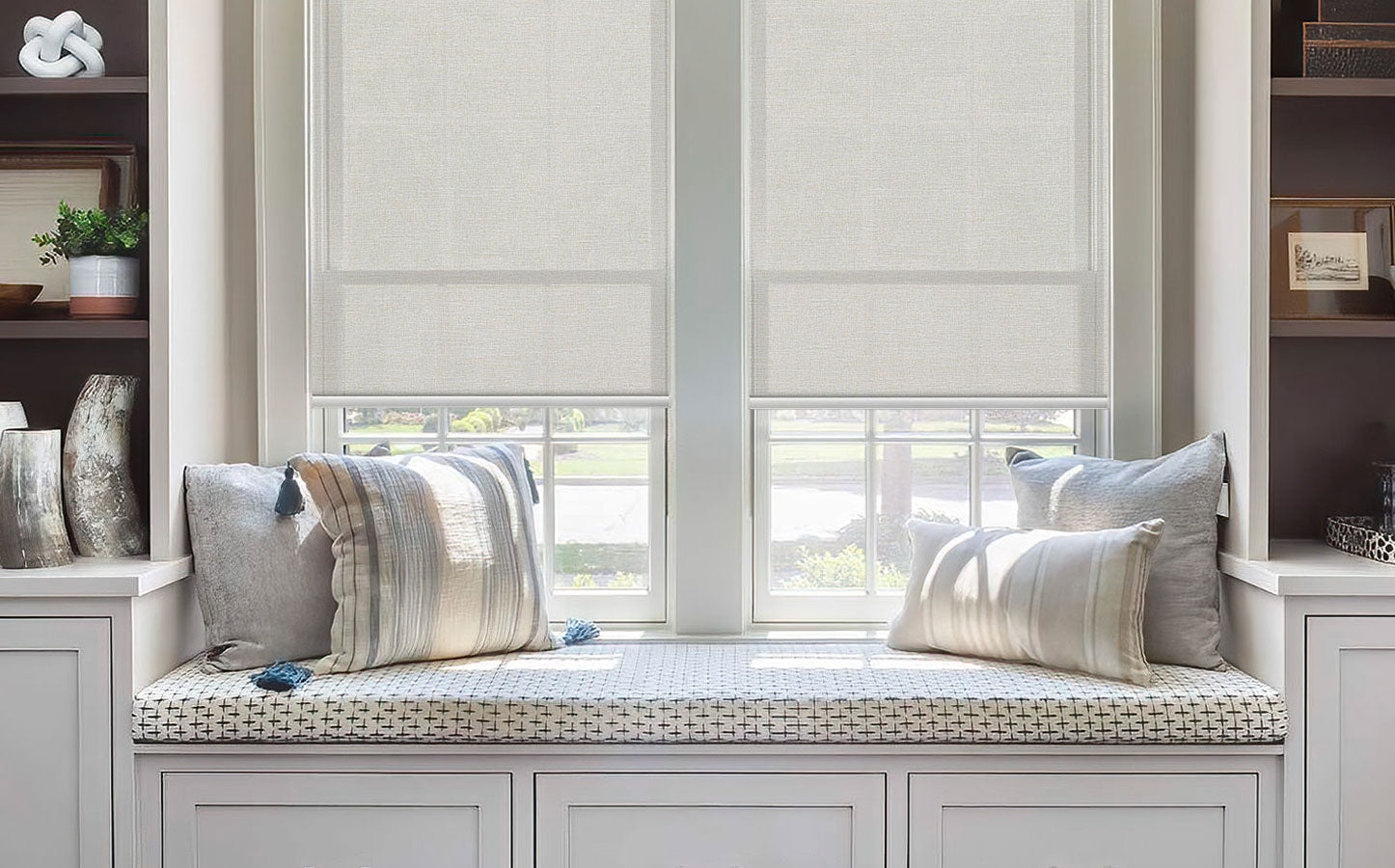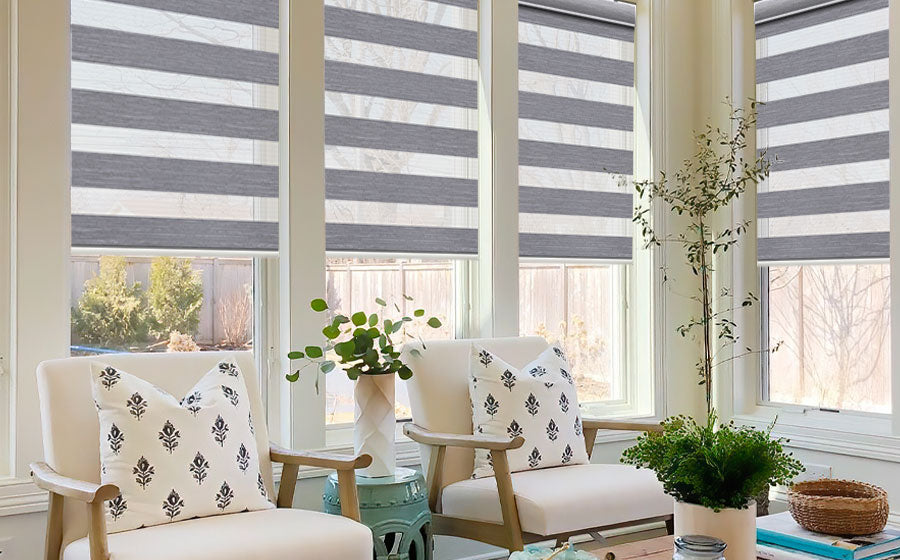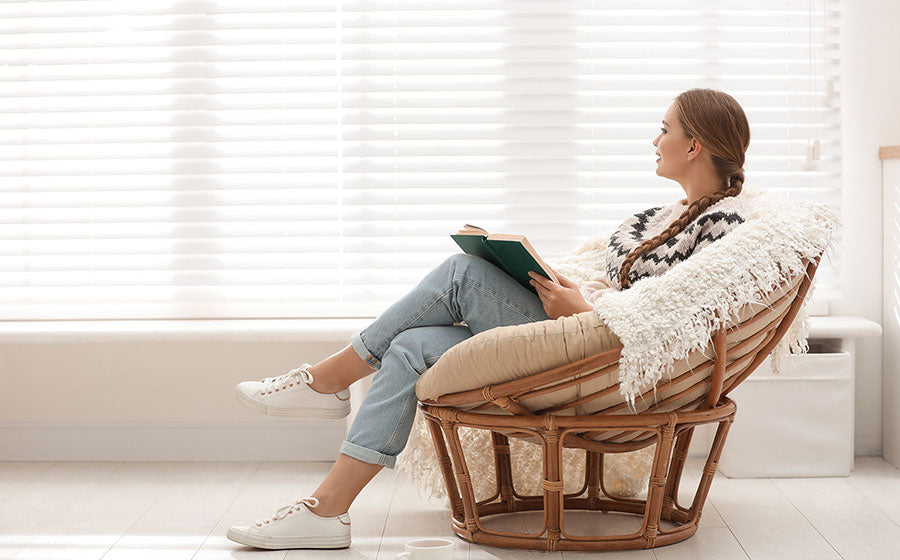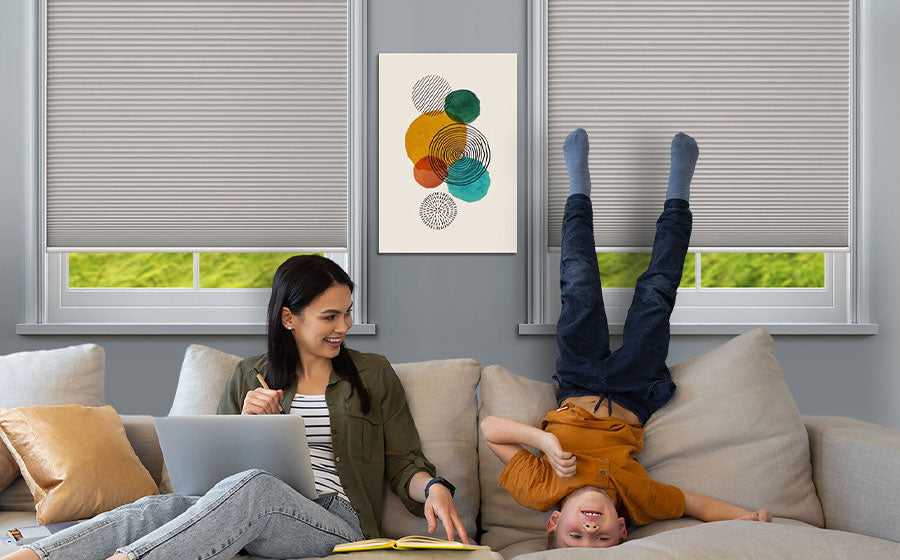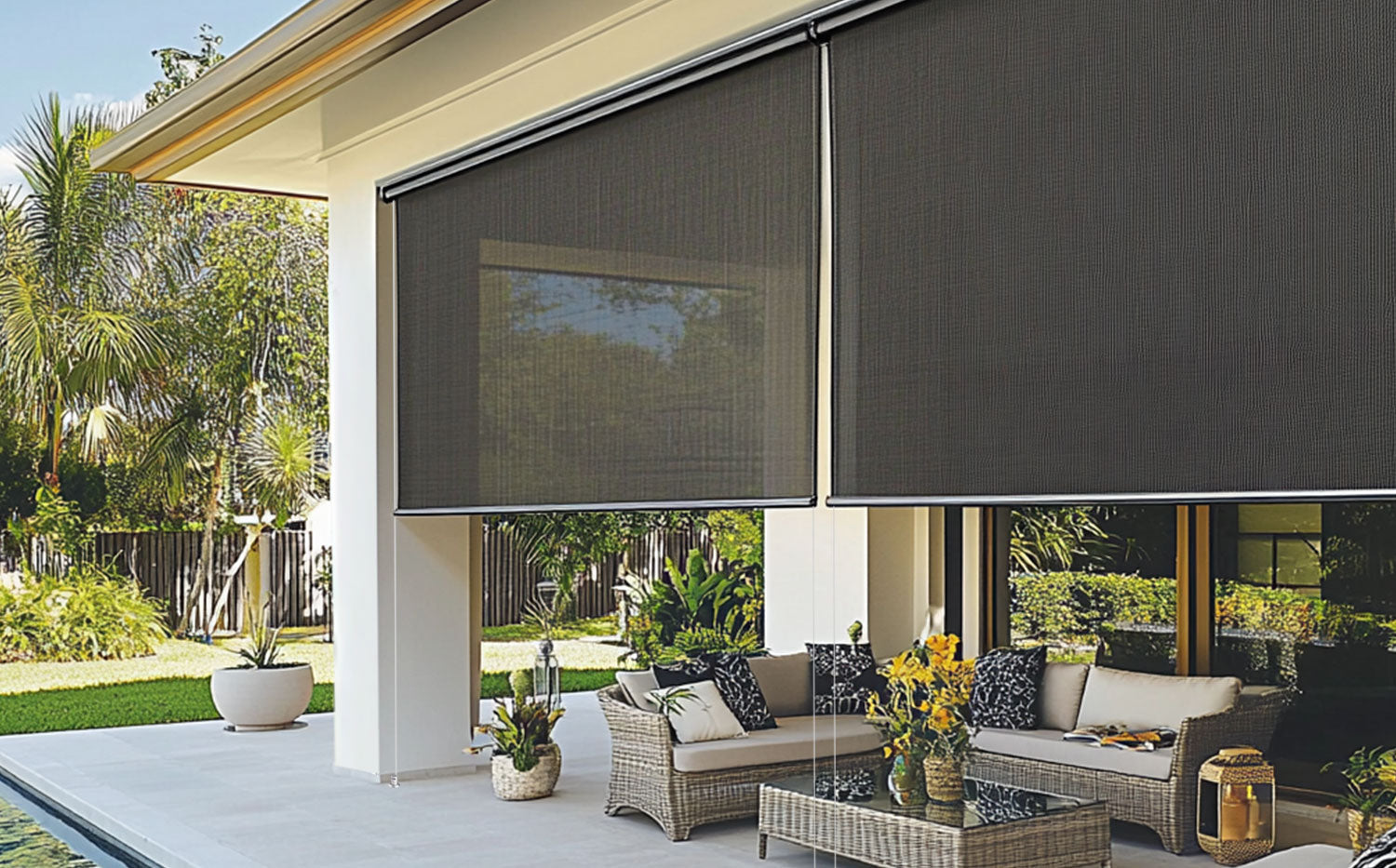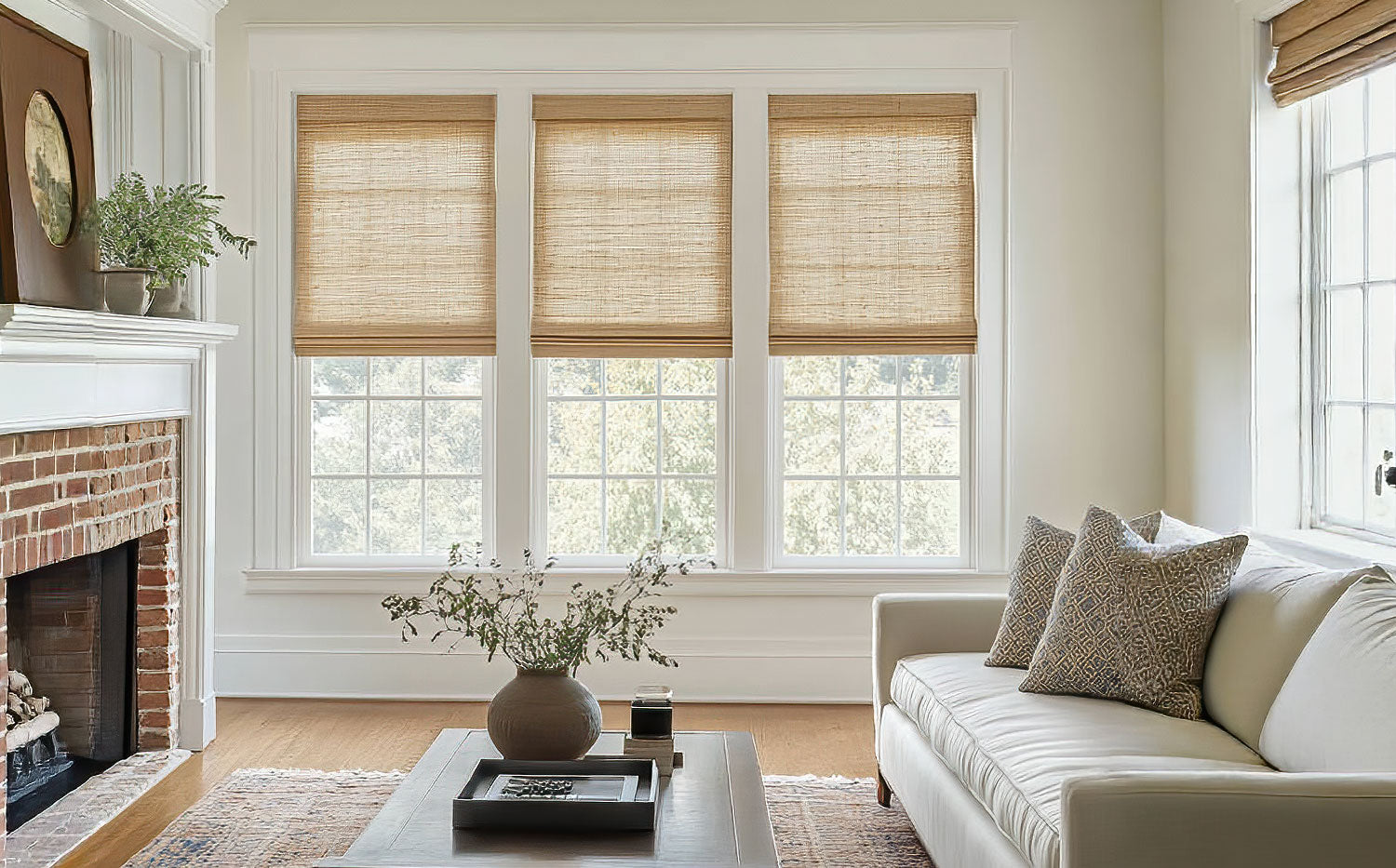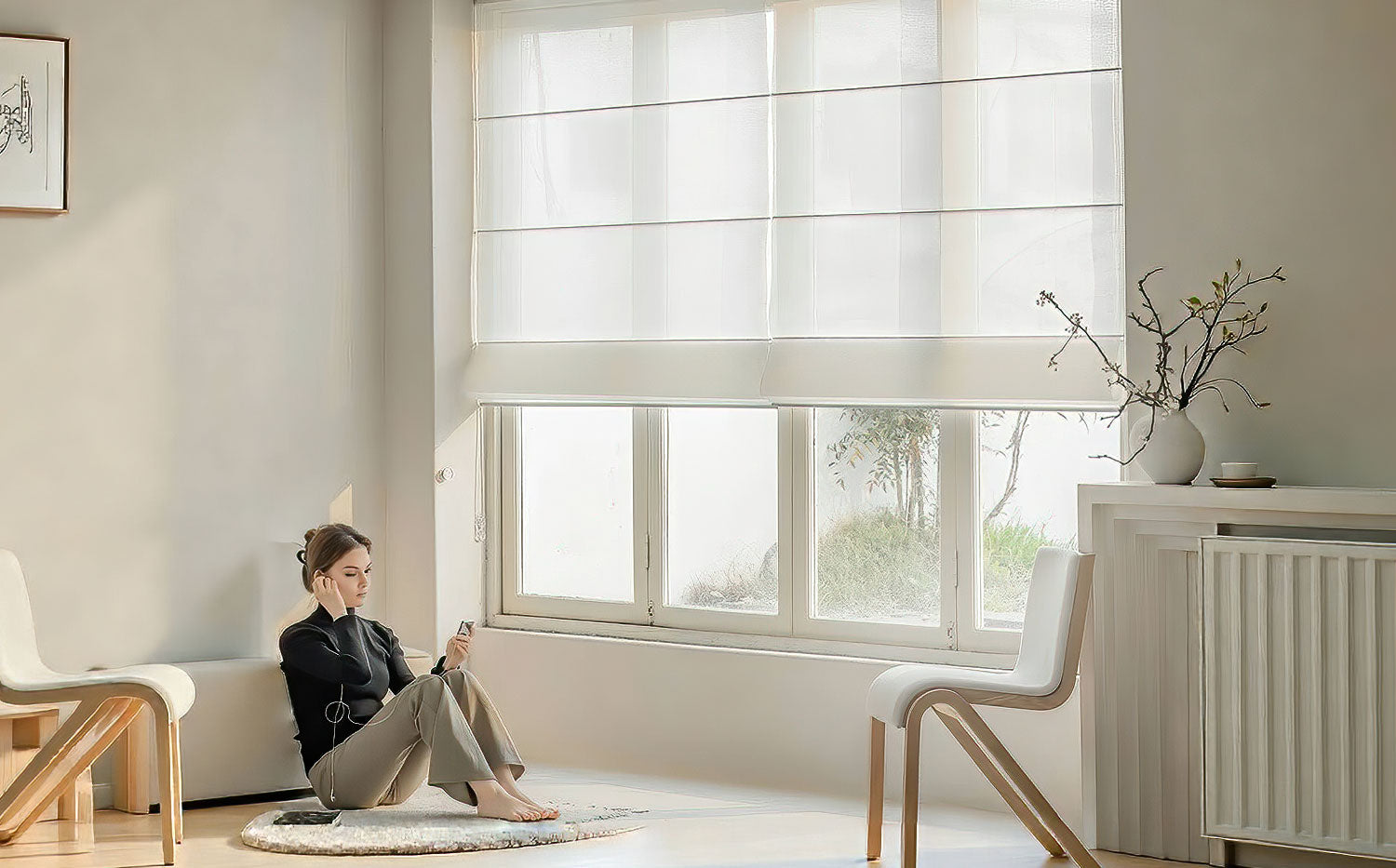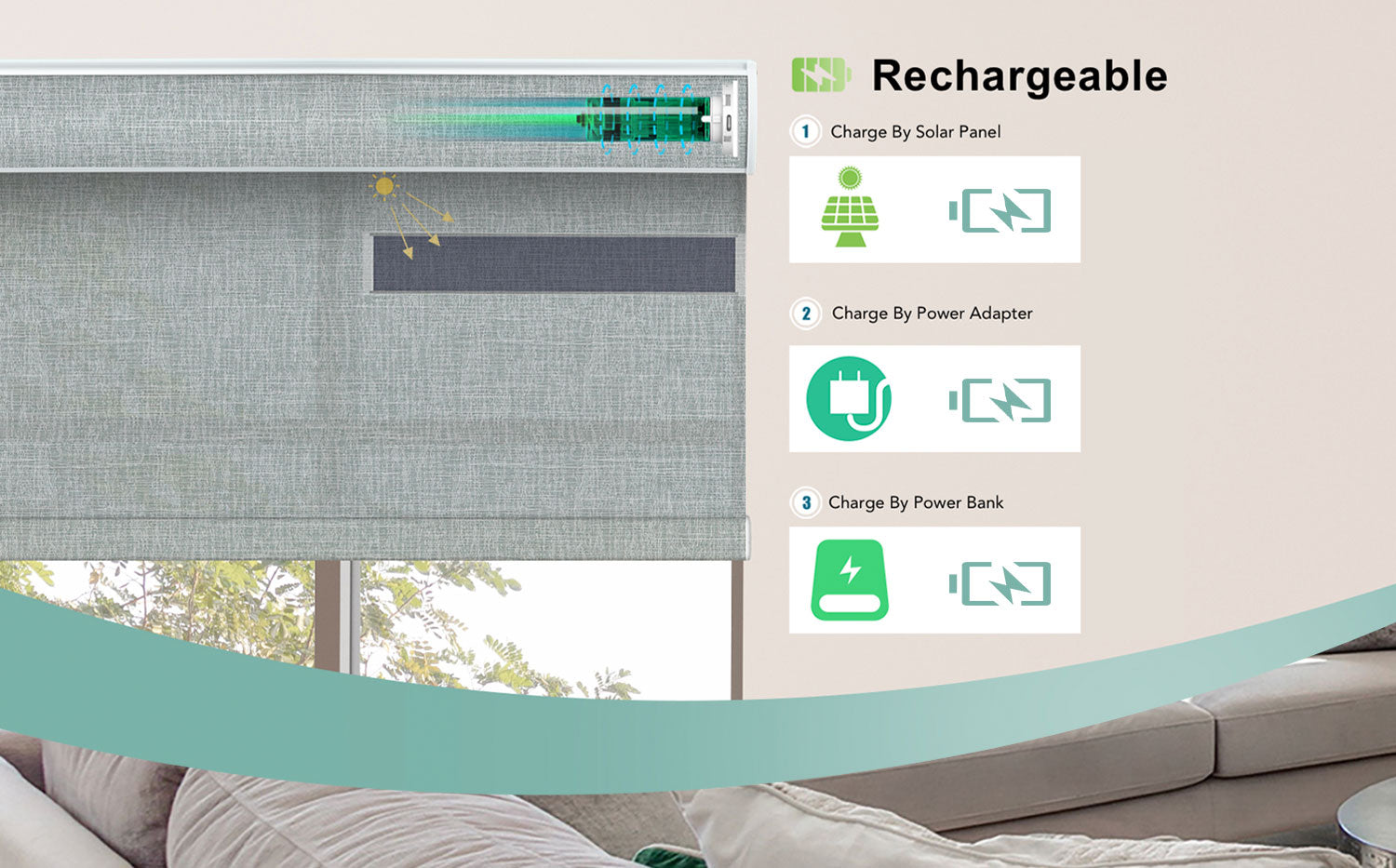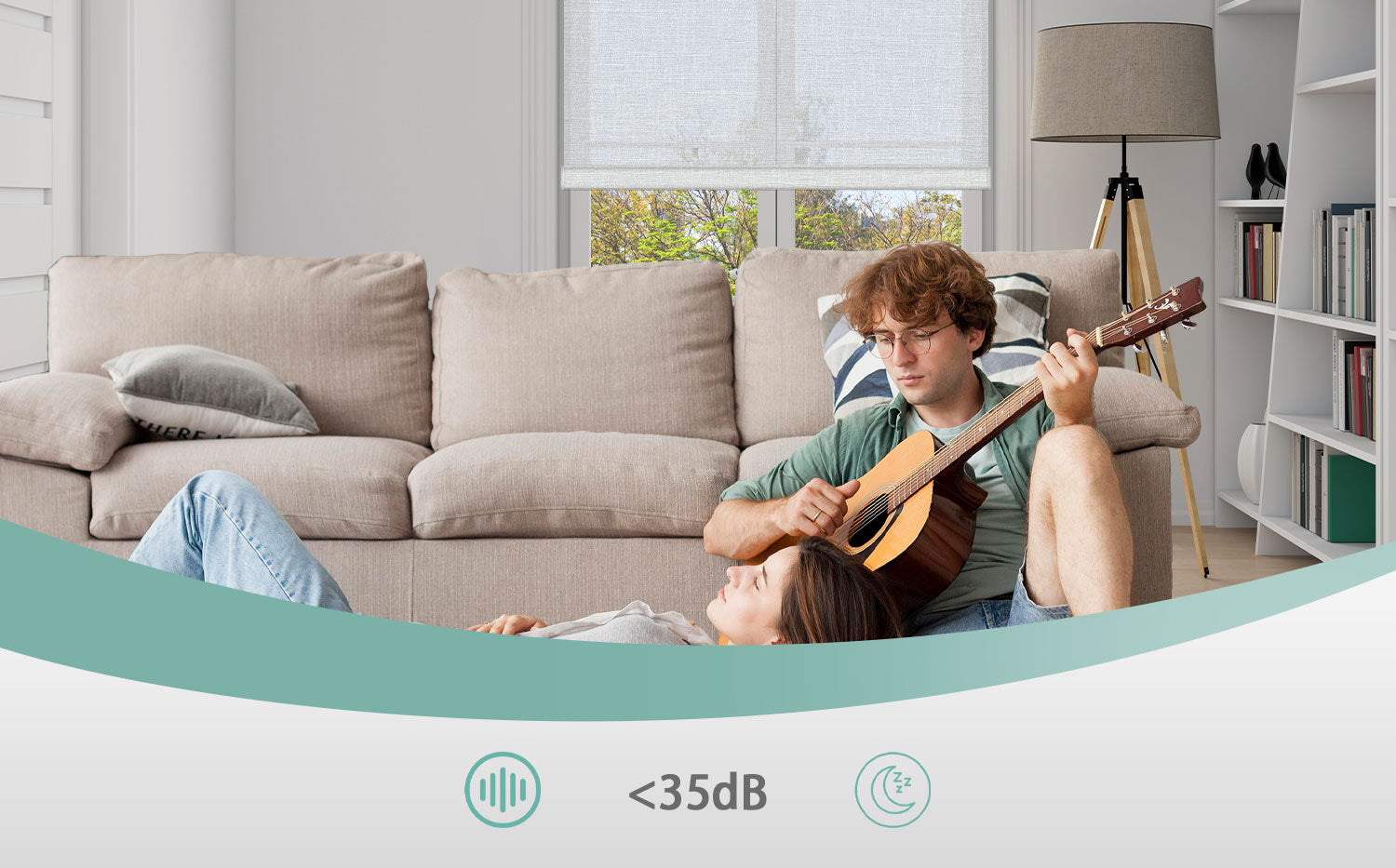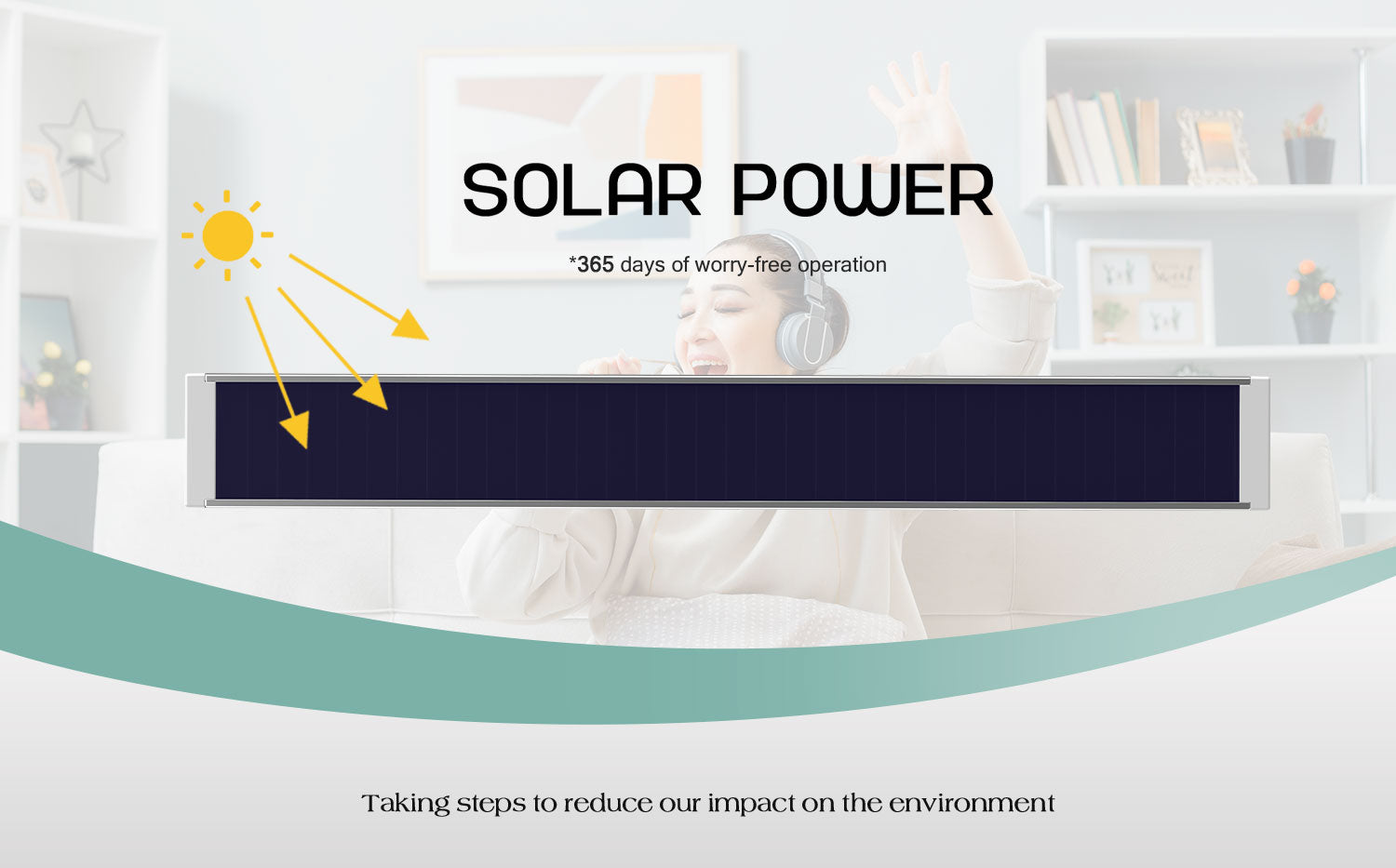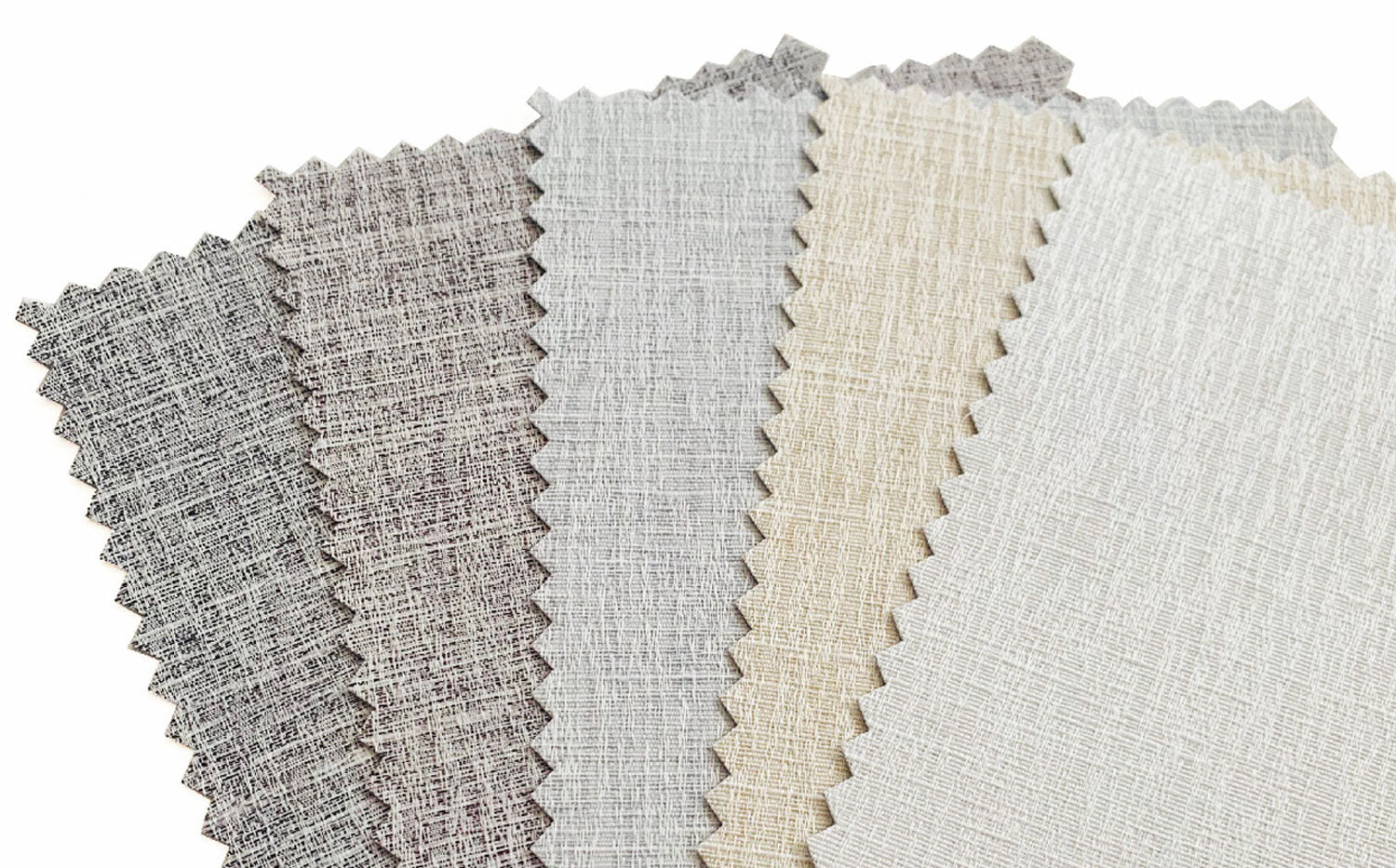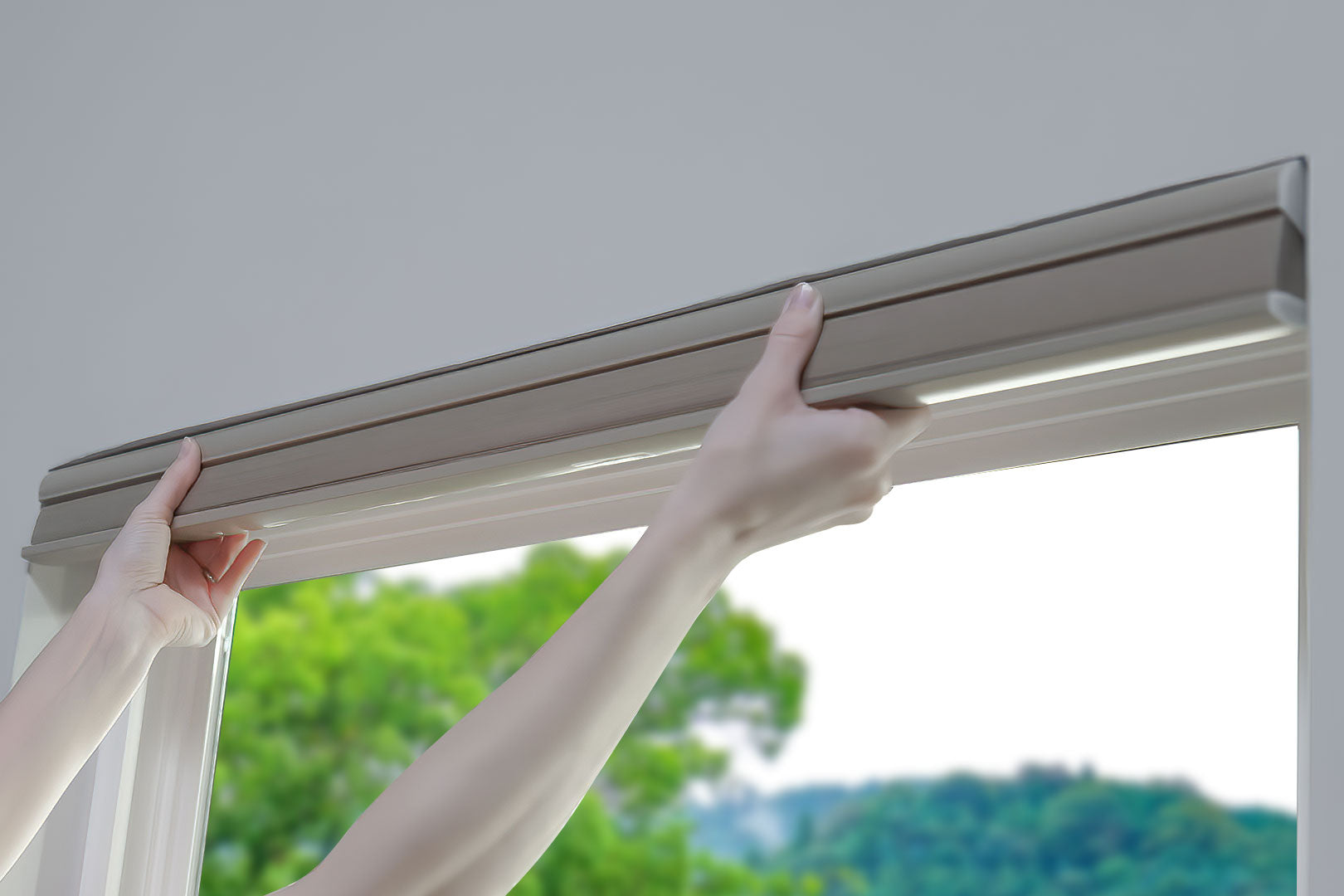Why Fabric Type Matters for Blinds
When people buy blinds or shades, so many focus on the color, style, type, and other such factors. However, what many people don't consider when choosing blinds is the type of fabric you select.
The fact of the matter is that the fabric you choose can greatly impact the overall comfort, functionality, and aesthetics of any space. Today, we are here to provide you with a complete guide on exactly why fabric type matters for blinds. We'll provide you with various insights and tips on choosing the right type of fabric for your needs.

Ideal Light Control
Perhaps one of the most important factors to consider when choosing the type of fabric for your blinds is the amount of light control that they provide. Different types of fabrics will provide you with different levels of opacity, everything from blackout to sheer.
If we are talking about blackout fabrics, these are ideal for spaces like home theaters or bedrooms where 100% darkness is preferred. Blackout blinds are able to block out up to 100% of all external light, making sure that you have great privacy and a restful environment.
There are then sheer fabrics, which are ideal for rooms where you want to maintain a bit of natural light. These are somewhat thin, and they're ideal for some rooms and living rooms, particularly for areas where privacy isn't your major concern. That said, these types of fabrics won't block prying eyes from the outside.
In the middle, we then have semi sheer fabrics, which provide you with a great balance between privacy and light control. They allow some light to get into a room, but aren't so thin that people can easily see into your home.

Energy Efficiency
Another factor to consider when choosing the type of fabric for your blinds is how energy efficient they are. The fact of the matter is that there are different types of fabrics that blinds can be made out of, and they can vary greatly in terms of energy efficiency.
For instance, there are plenty of natural fiber blinds made out of jute or bamboo, which are both energy efficient and eco friendly. These feature moderate insulation values.
There are then reflective fabrics, which often have either a white or metallic backing, which are designed specifically to reflect heat and sunlight away from windows.
It helps keep rooms cool and also reduces the need for air conditioning in hot climates. Finally, we then have thermal fabrics, which are designed to maintain optimal temperatures, so you can reduce overall heating and cooling costs.
Compatibility with Blinds Styles
Yet another important factor to consider when choosing a type of fabric for your blinds is how compatible that type of fabric is with the type of blind that you want. For instance, if you have roller blinds, you might want to go for lightweight fabrics such as cotton or polyester.
They can easily roll up without bulking. However, if you have Roman blinds, you might want to go for something thicker, such as thick cotton or velvet, as these create a sophisticated look. If you're installing vertical blinds, you'll want to choose a fabric that has a great deal of flexibility, such as polyester.
Overall Durability
Something else to keep in mind when choosing fabric for your blinds is how durable the fabric in question is. What it comes down to is that natural fibers and fabrics such as bamboo, jute, and linen look very nice, but also need special cleaning methods. They're usually chosen for their style and texture rather than their practicality and durability.
If you want something a bit more durable, cotton is always an option. Although cotton is durable, what you do need to consider is that it requires a lot of cleaning, so it's not best for rooms with a lot of traffic. If you are going for maximum durability and stain resistance, what you need are synthetic fibers, with polyester being absolutely one of the best.
Sound Insulation
The next consideration when choosing fabric for your blinds is how well they can insulate sound. Yes, that's right, fabric blinds don't just keep light and heat out of your home, but sound as well. Of course, the thicker and heavier the fabric is, the better it will be at absorbing ambient noise and creating a more peaceful environment in your home.
There are then also layered blinds, which are ones that are made with multiple layers of fabric, which help increase sound insulation properties. One type of blind that is excellent for this purpose is the cellular blind, as the cells are excellent at insulating against both heat and sound.
UV Protection
The type of fabric you choose for your blinds also affects how well your blinds can protect you from outdoor UV light. Yes, we already talked about light getting into your home, and how this can affect your privacy. However, what we're talking about here is protecting your home from the damage that UV rays can cause.

UV rays aren't good for your skin, and they're certainly not good for your belongings either. There are plenty of special UV blocking fabrics out there that blinds can be made with. They are ideal for preventing fading from occurring on your furniture, while also protecting you from the harmful rays of the sun.
You might even be able to find double weave fabrics that combine both UV protection and light filtration, which allow you to prevent too much UV light from getting into your home while still enjoying a gentle glow.
Final Thoughts on Fabric Types for Blinds
The bottom line is that there are many different fabric types you can choose for your blinds. If you buy from BlindsMagic, You can even order samples of the various fabrics to see which one suits you best.
With a wide selection of light filtering and blackout fabrics, as well as others, refer to find something that works well for you.
Remember, the type of fabric you choose makes a big difference in terms of the overall comfort you'll experience in your home as well as the features that the blinds in question will provide you with, so choose wisely.

